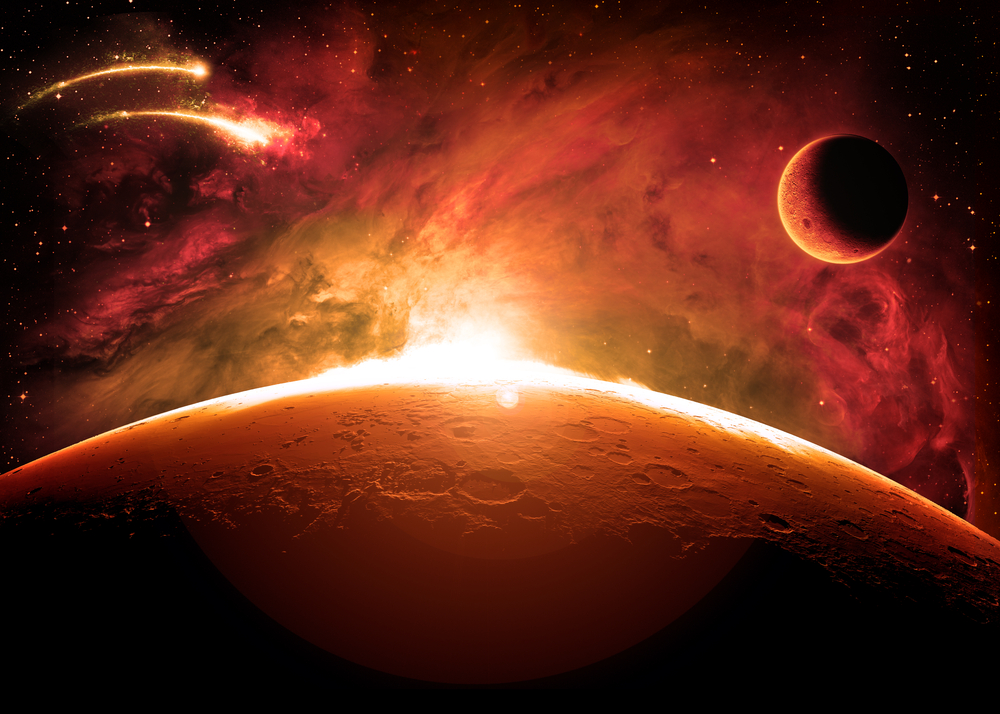
Why is Mars red?
Mars’s red color originates from the high amount of iron oxide in its surface material (regolith). Nevertheless, it still remains a mystery for everyone how can a planet have so much oxidized iron when there’s almost no oxygen in the atmosphere.
How hot is Mars?
Mars is definitely not a destination you would consider for your summer holiday. It is actually quite cold out there, much much colder than it is here on Earth, but that’s understandable, considering that it’s also farther from the Sun. On average, Mars’s temperature is about -60 degrees Celsius (minus 80 degrees Fahrenheit). In summer, the temperature on Mars can get up to 20 degrees Celsius (70 degrees Fahrenheit) near the equator.
Moreover, Mars can get as cold as- 125 ° C down at the poles. “That we are seeing temperatures this warm already during the day is a surprise and very interesting,” Felipe Gómez, of the Centro de Astrobiologia in Madrid, said in a statement.
“The conditions on Mars, where the relative humidity is high and the available water vapor is approximately 100 precipitable microns, is the equivalent of the drier parts of the Atacama Desert in Chile,” says John Rummel, of East Carolina University.
How big is Mars compared to Earth?
The Red Planet is the second-smallest planet in the whole Solar System, after Mercury. Mars is half the size of Earth, with a diameter of 6,790 km (4,220 miles). However, it’s important to note that Earth is 71% water and Mars is a desert planet, leaving it to have the same amount of dry land as our home planet.











































